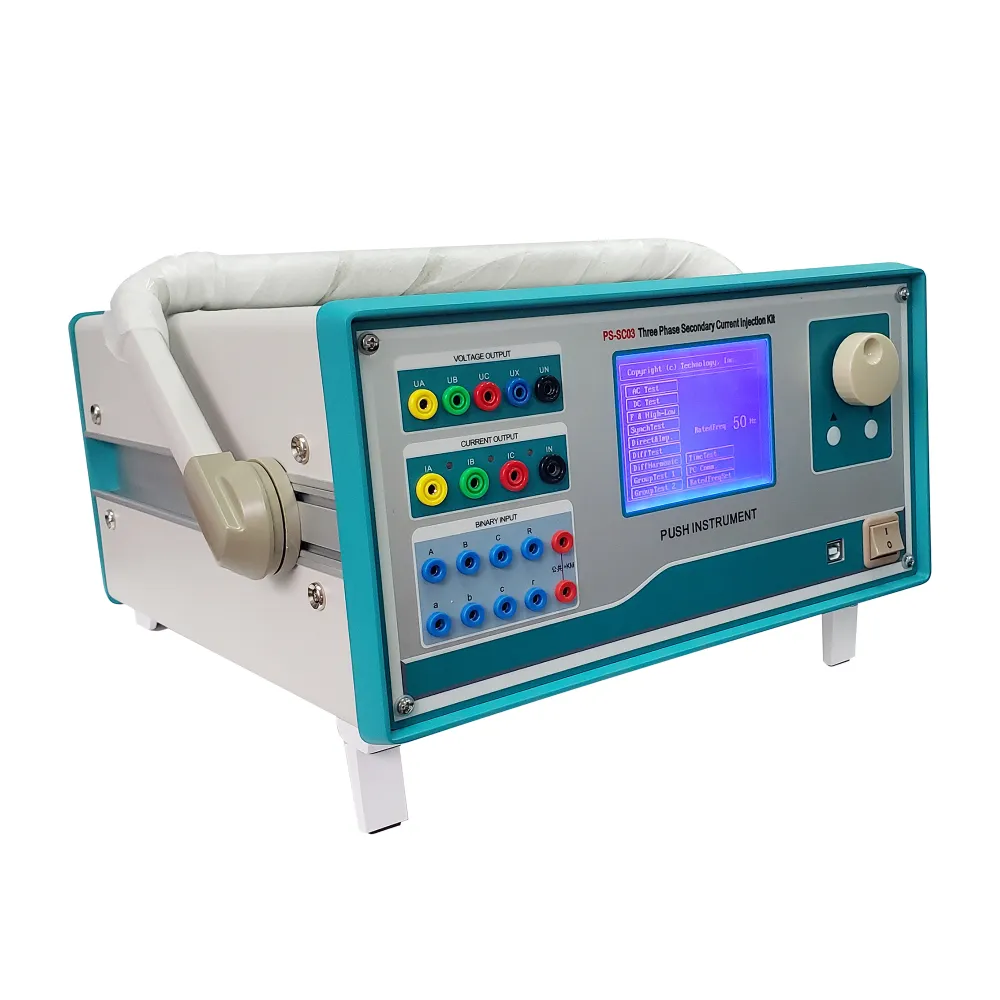 English
English


Electrical Insulation Testing Equipment for Safety and Reliability in Circuits
Understanding Electrical Insulation Testers An Essential Tool for Safety and Efficiency
Electrical insulation testers play a vital role in ensuring the safety and efficiency of electrical installations and equipment. As electrical systems become more complex, the demand for reliable testing equipment has increased. This article explores the significance of electrical insulation testers, their functioning, and their applications in various industries.
An electrical insulation tester, also known as a megohmmeter, is a device used to measure the resistance of insulation materials in electrical systems. The primary purpose of this testing is to identify any deterioration or damage that might compromise the insulation integrity, thus posing a safety hazard. By applying a high-voltage signal to the insulation, the tester measures the leakage current and provides a reading of the resistance, usually in megohms. A high resistance value indicates good insulation, while a low value signals potential issues.
The operation of an electrical insulation tester is relatively straightforward. The device generates a high DC voltage, typically ranging from 250V to 5kV, to test the insulation. The operator connects the tester's leads to the conductor and ground, initiating the measurement process. The tester then calculates the insulation resistance based on the amount of current that flows through the insulation when subjected to the high voltage. Most modern testers come equipped with digital displays and memory functions, allowing users to store and analyze data over time.
electrical insulation tester

One of the primary applications of insulation testers is in preventive maintenance. Regular insulation testing can help detect early signs of insulation failure, allowing for timely repairs. This proactive approach not only enhances safety by reducing the risk of electrical shocks and fires but also extends the lifespan of electrical equipment. Industries like manufacturing, construction, and utilities heavily rely on insulation testing to ensure compliance with safety regulations and standards.
Another critical area where insulation testers are used is in the commissioning of new installations. Before an electrical system is put into operation, it is essential to verify that all components are properly insulated. This testing helps identify potential issues that could lead to equipment failure or safety hazards. By ensuring that the insulation meets specified standards, companies can avoid costly downtime and ensure uninterrupted operations.
In addition to routine testing, insulation testers are invaluable in troubleshooting electrical issues. If an electrical fault occurs, technicians can use insulation testers to pinpoint the source of the problem. By determining the condition of the insulation, they can quickly assess whether the issue lies within the insulation itself or elsewhere in the system.
In conclusion, electrical insulation testers are indispensable tools in maintaining the safety and reliability of electrical systems. They help identify insulation failures, ensuring compliance with safety regulations and enhancing operational efficiency. Whether in preventive maintenance, commissioning, or troubleshooting, these devices provide critical insights that can save companies from costly repairs and enhance overall safety in the workplace. As technology advances, the capabilities of insulation testers will likely continue to improve, further solidifying their role in modern electrical maintenance practices.
-
Differences between open cup flash point tester and closed cup flash point testerNewsOct.31,2024
-
The Reliable Load Tap ChangerNewsOct.23,2024
-
The Essential Guide to Hipot TestersNewsOct.23,2024
-
The Digital Insulation TesterNewsOct.23,2024
-
The Best Earth Loop Impedance Tester for SaleNewsOct.23,2024
-
Tan Delta Tester--The Essential Tool for Electrical Insulation TestingNewsOct.23,2024





